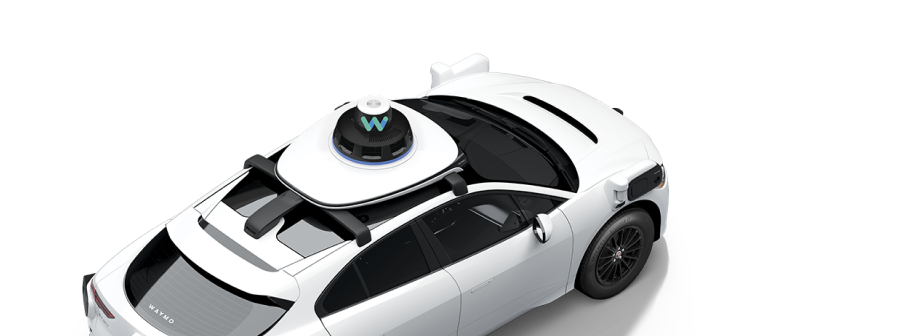Getting to know our neighbors in the Valley of the Sun
August 2016
On August 13, we hosted our first open house in Chandler, AZ, where we got to know our neighbors and gave them a chance to see a self-driving car up close.
A highlight of the weekend was hearing what people would do with a self-driving vehicle, whether it was “play games with grandkids,” “study for class” or “attain my daily moment of zen.” We also heard a number of interesting questions, and in this month’s report we’re answering some of those questions.
What’s been different for your self-driving cars in the Phoenix area?
We knew the area’s desert conditions, including extreme temperatures and dust in the air, would provide new experiences for our software and sensors. Since we’ve started driving, we’ve also encountered a few more unique things on the road. For example, we’ve learned to navigate around watering trucks (trucks that water plants in road medians and travel about 3 mph on 45 mph roads). Our cars have also gotten more practice with a new traffic light configurations: a four-stack signal that includes a red, yellow, flashing yellow (yield to oncoming traffic) and green light.
What will your cars do when there’s a haboob?
Haboobs — those giant dust storms that sweep desert areas — are certainly something we don’t see in our hometown of Mountain View, CA. When we encounter one in Arizona, the safest thing for our car to do is pull over and wait for the storm to pass (just as human drivers would). Even when we’re stopped on the side of the road, our car can still learn from the experience as our sensors detect the extreme amounts of dust in the air.
Can your cars drive in the dark?
Yes. Our self-driving cars navigate using a combination of cameras, lasers and radars. Lasers show us the shape of objects in the world, while radars can detect vehicles far ahead and determine their speed. Neither of these technologies need light to detect objects, thus helping our cars safely navigate at night.
Can your cars navigate school zones?
In school zones, our cars are on high alert. They’re designed to pay extra attention to pedestrians and cyclists, driving conservatively around these road users. We’ve also taught our cars to detect school zone signs (in Phoenix we’ve seen the use of temporary “slow zone” signs) and stop signs that appear on school buses. With all these considerations, our self-driving cars are designed to safely and carefully navigate school zones.


